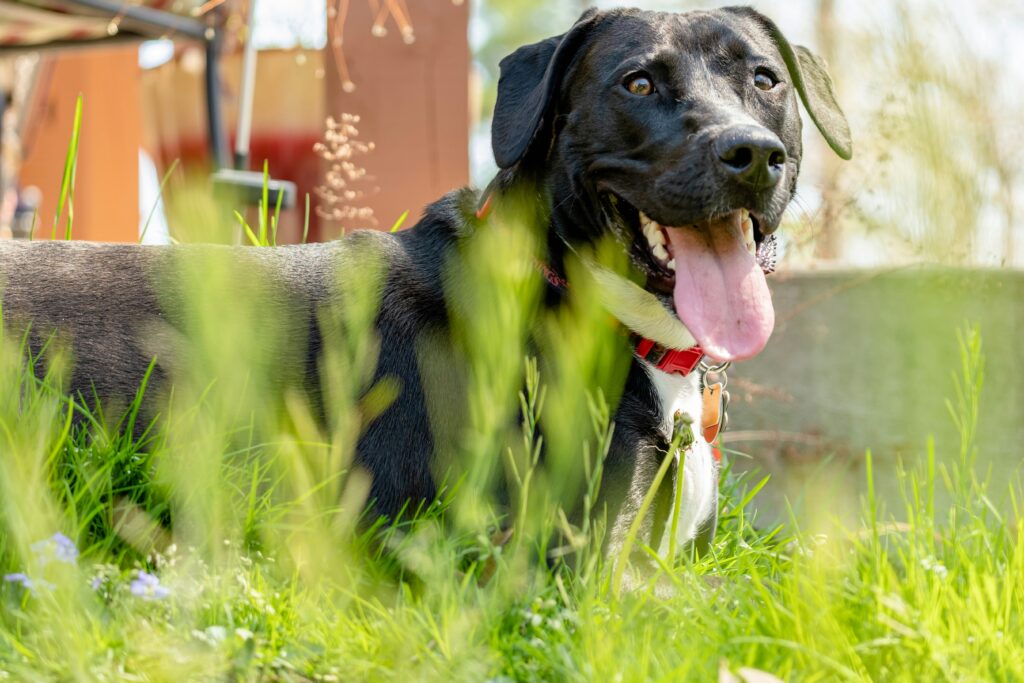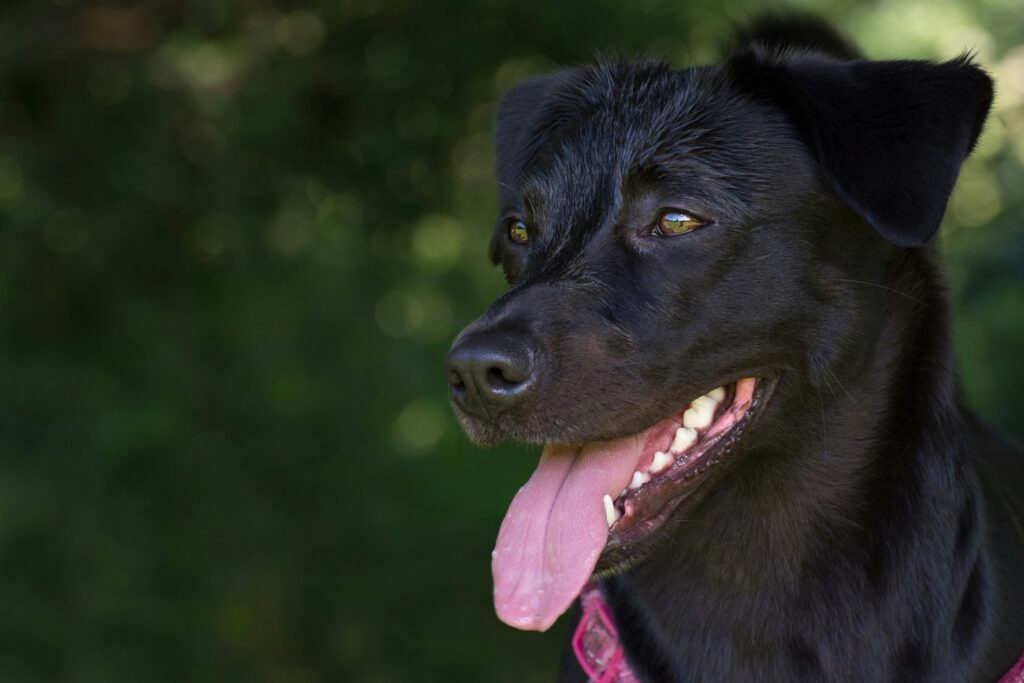How Panting Reflects Your Dog’s Stress and Excitement
Panting is often linked to physical exertion or heat, but did you know it also plays a role in your dog’s emotional health? Dogs pant not just when they’re hot — they also pant when they’re stressed, scared, or excited. Understanding this emotional connection can help you better support your dog’s well-being.
Emotional Causes of Panting
Dogs use panting as a coping mechanism for strong emotions. Some emotional triggers include:
-
Stressful situations: Vet visits, car rides, or changes in routine
-
Fearful events: Thunderstorms, fireworks, or unfamiliar environments
-
Excitement: Meeting new people, seeing another dog, or anticipating a walk
In these cases, panting is the dog’s way of self-soothing — helping themselves regulate their body systems under emotional pressure.
What Emotional Panting Looks Like
Emotional panting often appears alongside other body language cues:
-
Whining or barking
-
Pacing
-
Ears back
-
Tail tucked
-
Lip licking or yawning
Recognizing these signs helps you distinguish emotional panting from normal physical panting after exercise.
How to Help a Panting, Anxious Dog
If you notice your dog panting due to emotional reasons, you can help by:
-
Providing a safe space: Create a calm, familiar environment
-
Offering comfort: Sit nearby, speak gently, and let your dog come to you
-
Using calming aids: Anxiety wraps, pheromone diffusers, or calming treats may help
-
Gradual desensitization: For fears like thunderstorms, slow exposure over time can build confidence
Avoid punishing or scolding a dog for panting — it’s an involuntary reaction, not bad behavior.
When Emotional Panting Becomes a Problem
While occasional emotional panting is normal, chronic stress can hurt your dog’s health. Dogs under constant emotional strain may develop:
-
Digestive issues
-
Behavior problems
-
Weakened immune systems
If your dog frequently pants even during minor events, it might be time to consult a trainer or behaviorist.
Final Thoughts
Panting is more than just a physical response — it’s a window into your dog’s emotional world. By recognizing when panting is tied to feelings, you can offer better support, comfort, and care, helping your furry friend live a more relaxed and joyful life.


